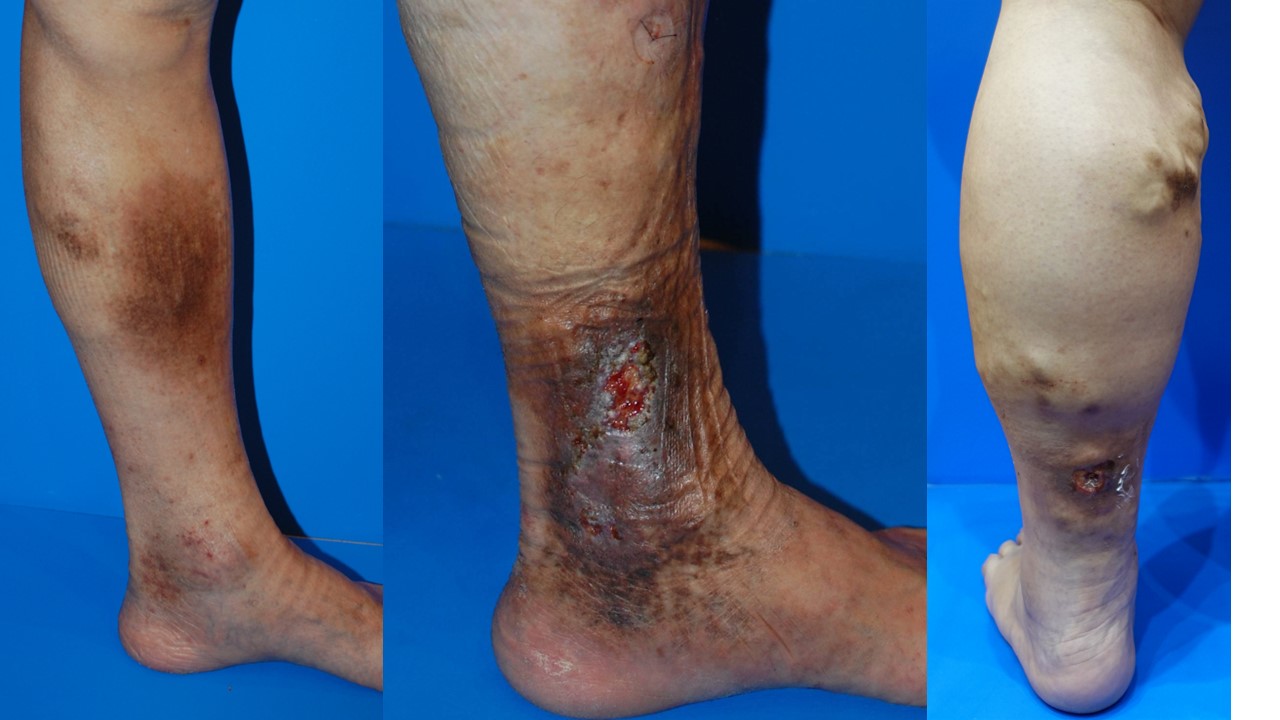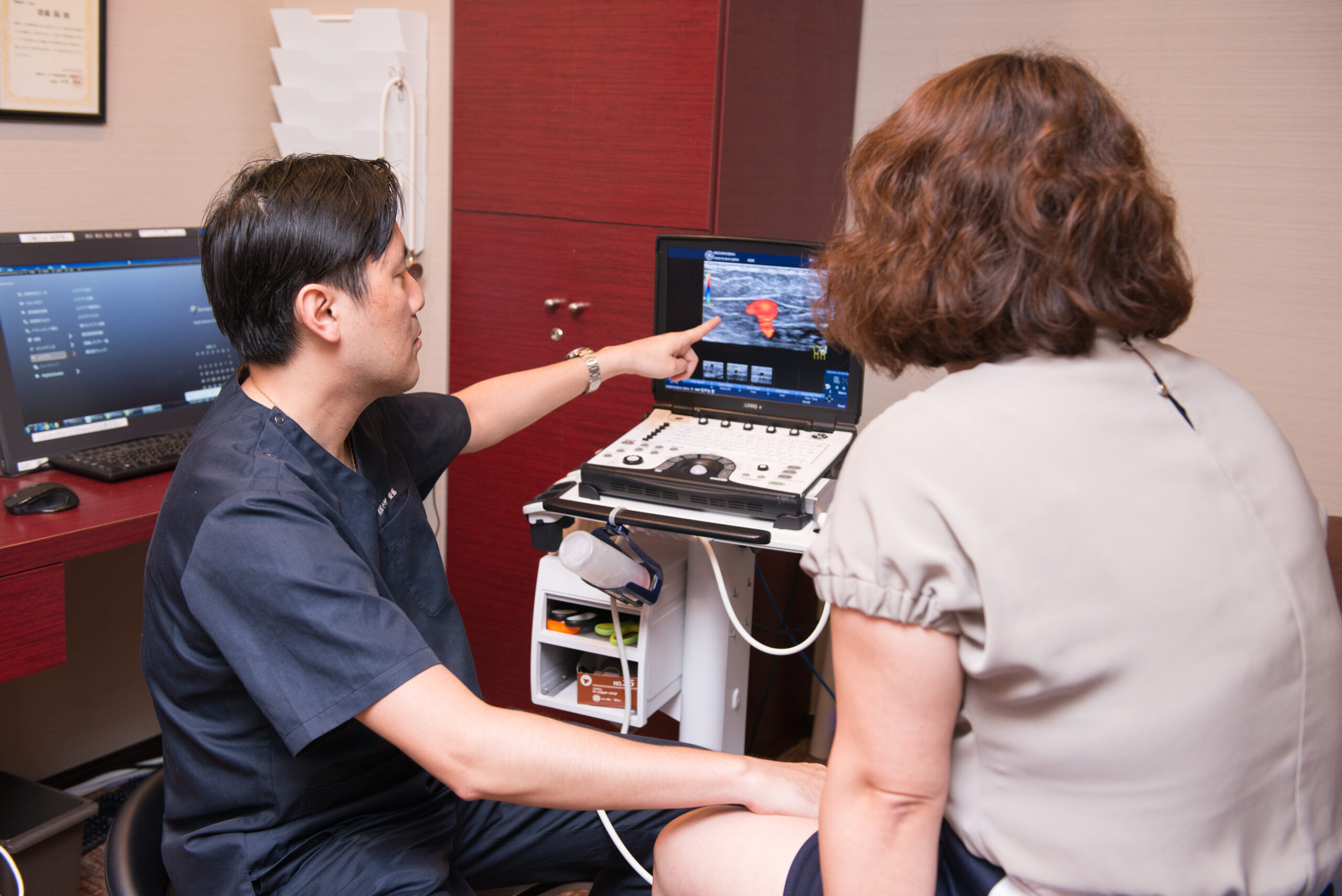Varicose veins refer to the condition where veins in the legs become enlarged and twisted. This condition is common among many people and can lead to serious health issues if left untreated, beyond just cosmetic concerns. This article will explain the risks of leaving varicose veins untreated, focusing especially on stasis dermatitis.
Risks of Leaving Varicose Veins Untreated
Stasis Dermatitis If varicose veins are left untreated, blood circulation worsens, causing blood to pool in the legs. This can lead to insufficient oxygen and nutrients reaching the skin, resulting in inflammation, known as stasis dermatitis. Stasis dermatitis can cause skin discoloration, itching, and pain.
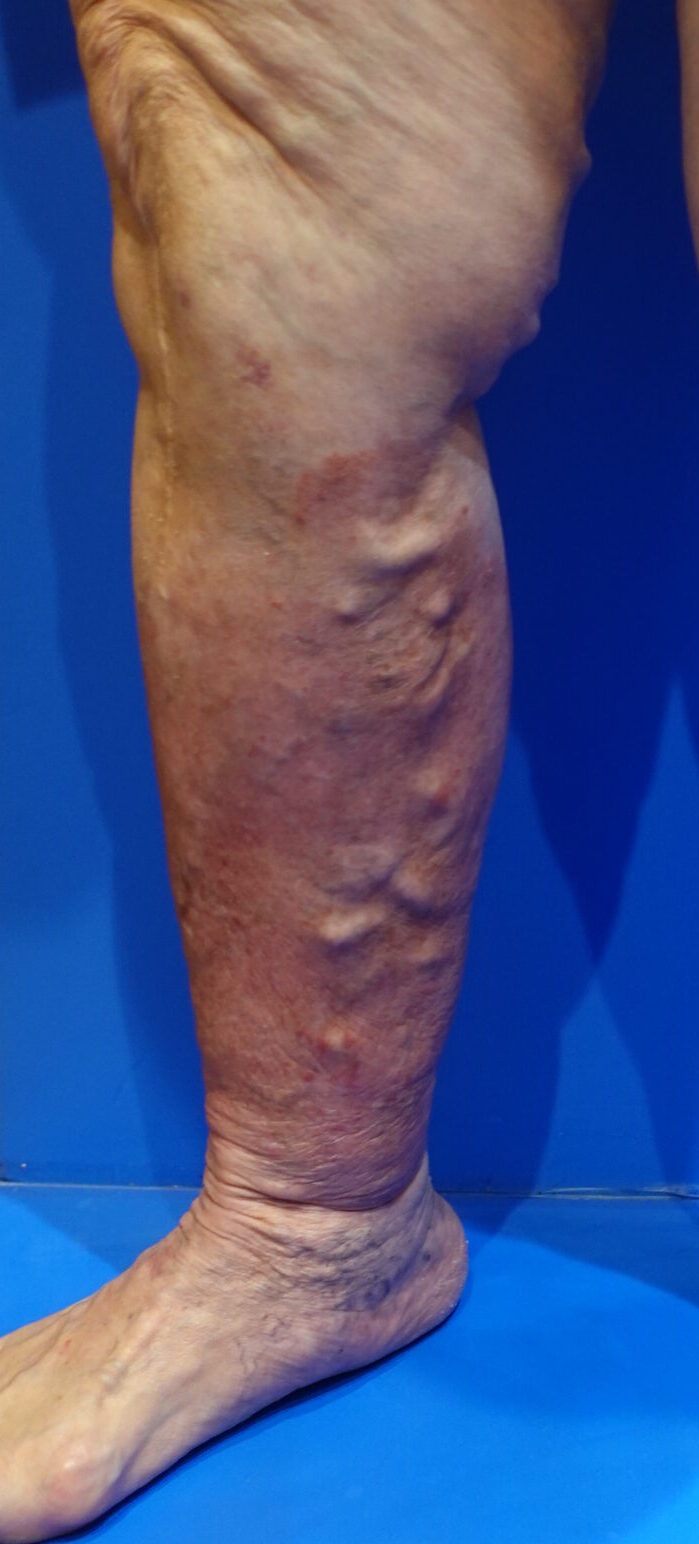
Hyperpigmentation As stasis dermatitis progresses, hyperpigmentation can occur. This condition causes the skin to turn brown or black and is difficult to treat once it develops. Hyperpigmentation can affect the appearance and be a source of complex, especially for female patients.
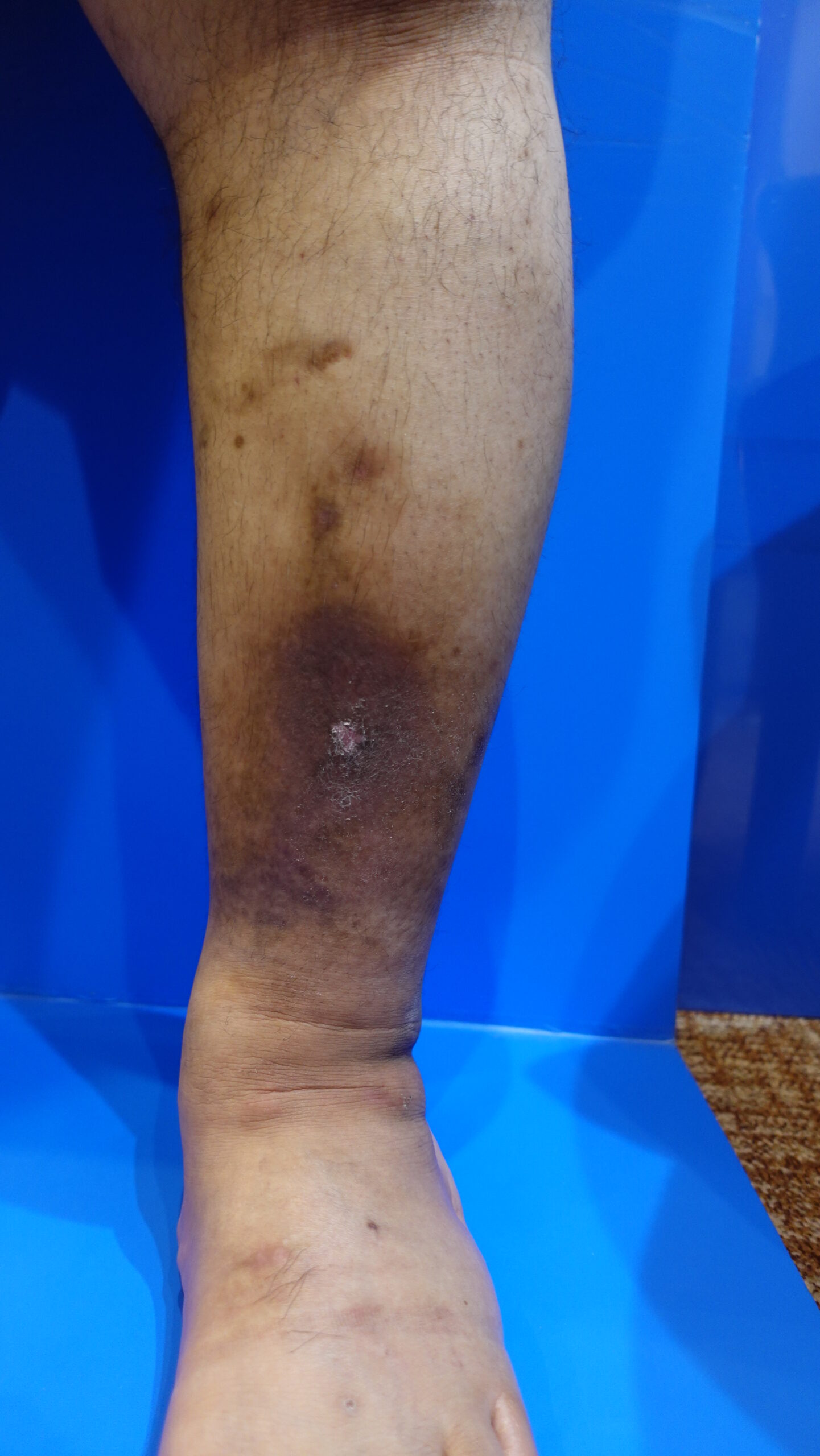
Eczema Eczema caused by varicose veins is chronic and difficult to treat. If eczema does not improve after six months of dermatological treatment, varicose veins should be considered as a possible cause.
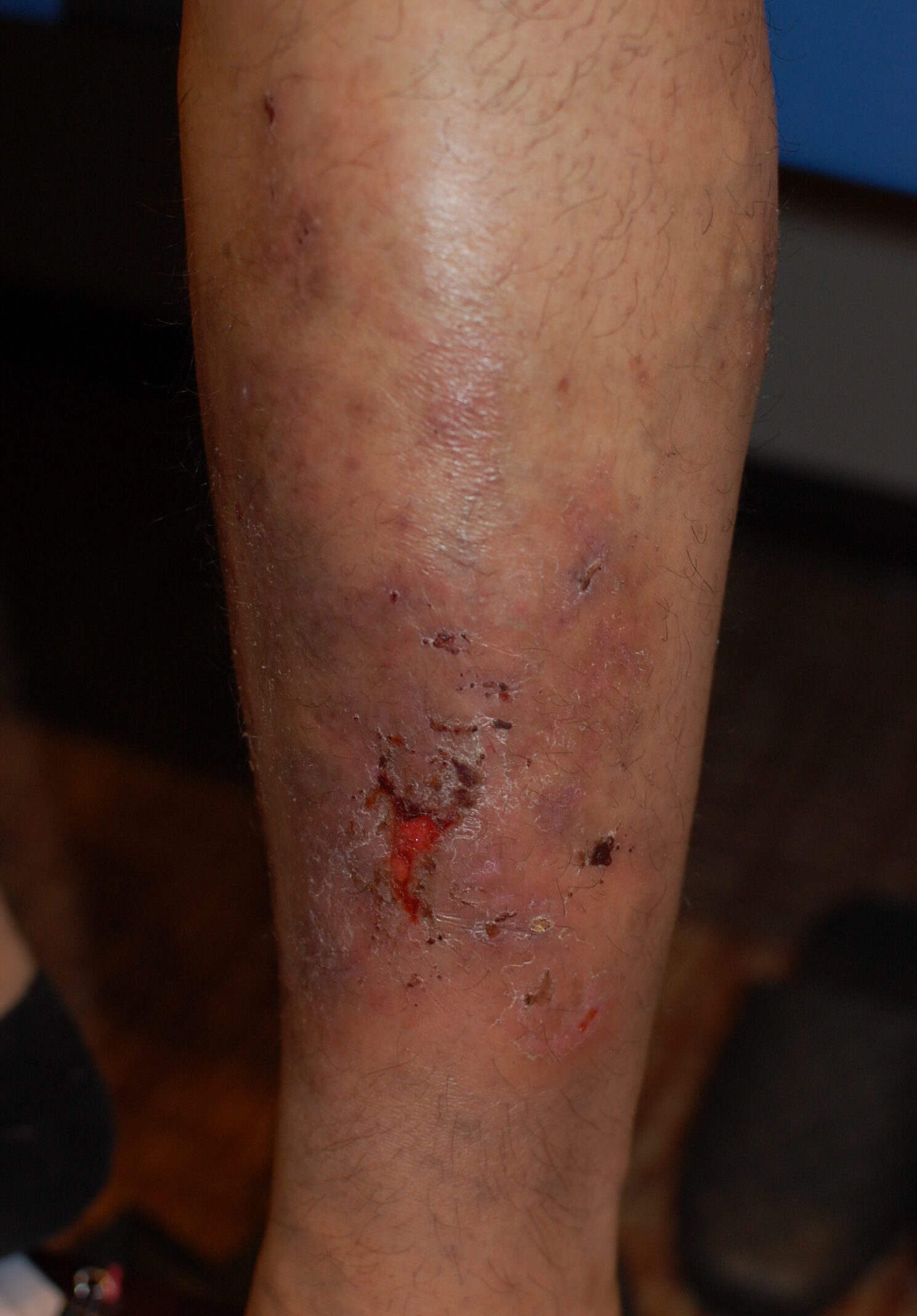
Lipodermatosclerosis Chronic stasis dermatitis can cause the skin to harden due to prolonged inflammation.
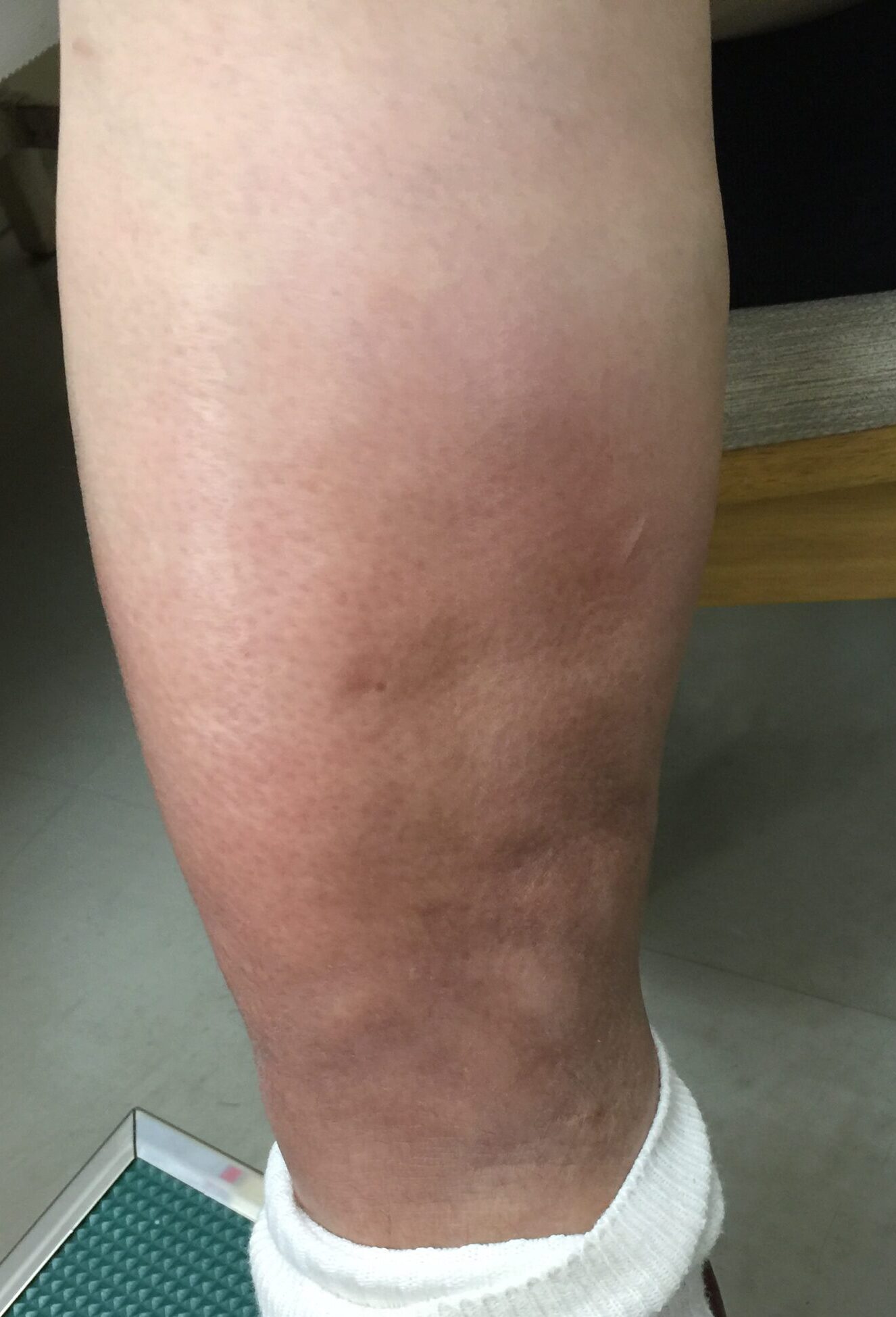
Skin Ulcers Furthermore, if stasis dermatitis worsens, skin ulcers can develop. Skin ulcers are open wounds that are difficult to heal, increasing the risk of infection and complicating treatment.

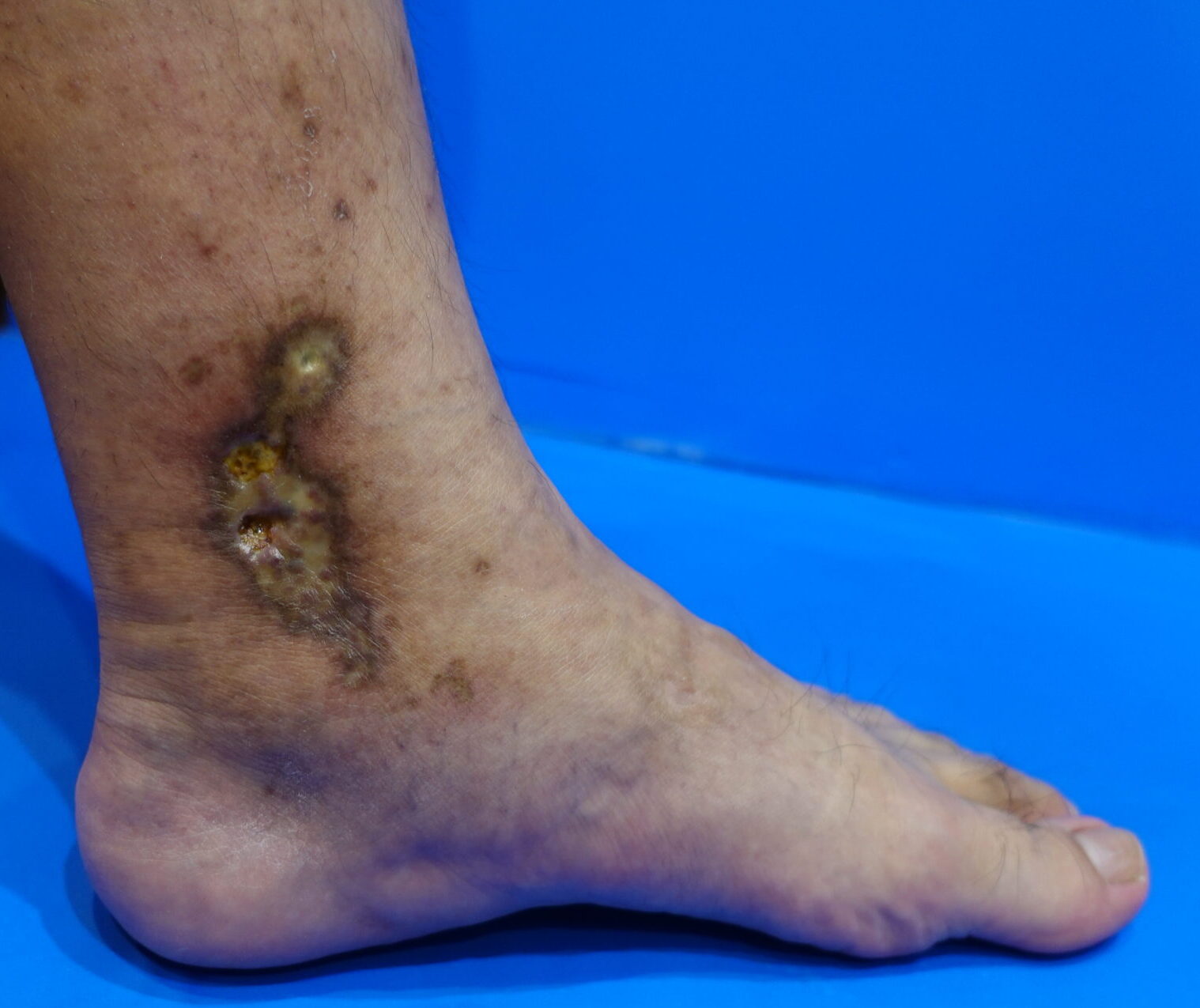
Measures to Prevent Leaving Varicose Veins Untreated
- Early Diagnosis and Treatment Early diagnosis and appropriate treatment can prevent the progression of varicose veins. It is important to get examined by a specialist rather than self-diagnosing. If symptoms are mild, they can be managed with lifestyle changes and compression therapy.
- Preventive Measures Varicose veins are a chronic condition, and taking measures to prevent progression is crucial. Wearing compression stockings is an effective preventive measure for varicose veins.
- Lifestyle Changes Regular exercise can help slow the progression of varicose veins. For those with jobs that require prolonged standing or sitting, it is important to move the legs regularly.
- Choosing the Right Treatment There are various treatment options for varicose veins. Compression therapy, sclerotherapy, laser surgery, and glue treatment are some examples. It is important to choose a treatment method suitable for the patient’s symptoms and condition, in consultation with a doctor.
Conclusion
Leaving varicose veins untreated can lead to stasis dermatitis, hyperpigmentation, chronic eczema and itching, and even skin ulcers, which can significantly reduce the quality of life and complicate treatment. Therefore, it is crucial to seek early diagnosis and appropriate treatment from a specialist. Through regular check-ups and lifestyle improvements, the progression of varicose veins can be prevented, helping to maintain healthy legs.
Our clinic has been the No.1 in Japan for the number of varicose vein laser surgeries for four consecutive years since 2020.


